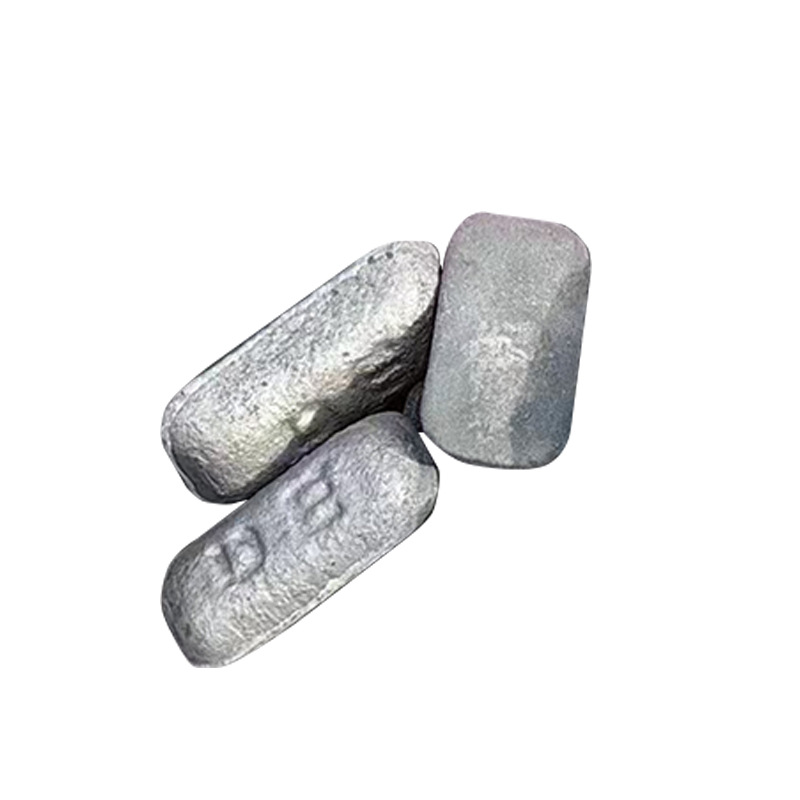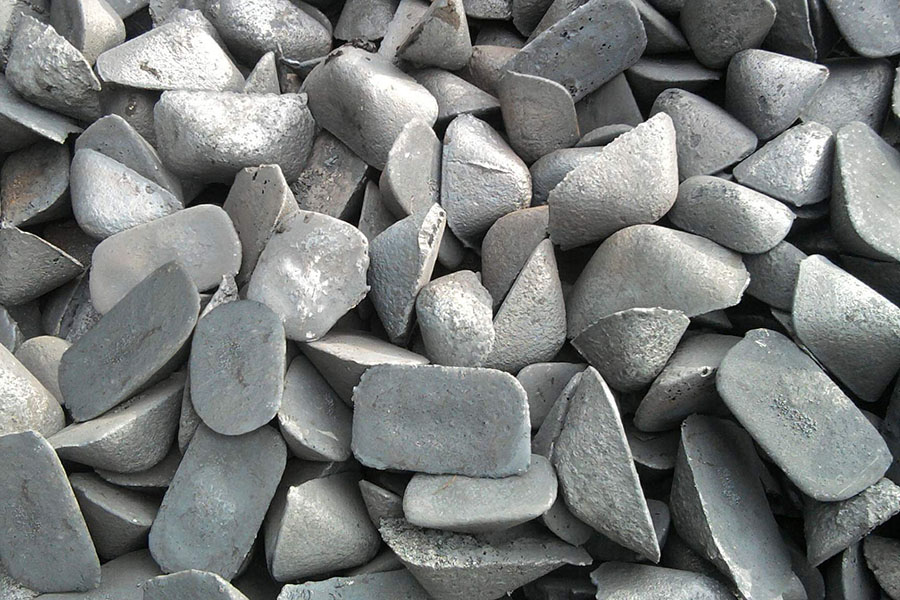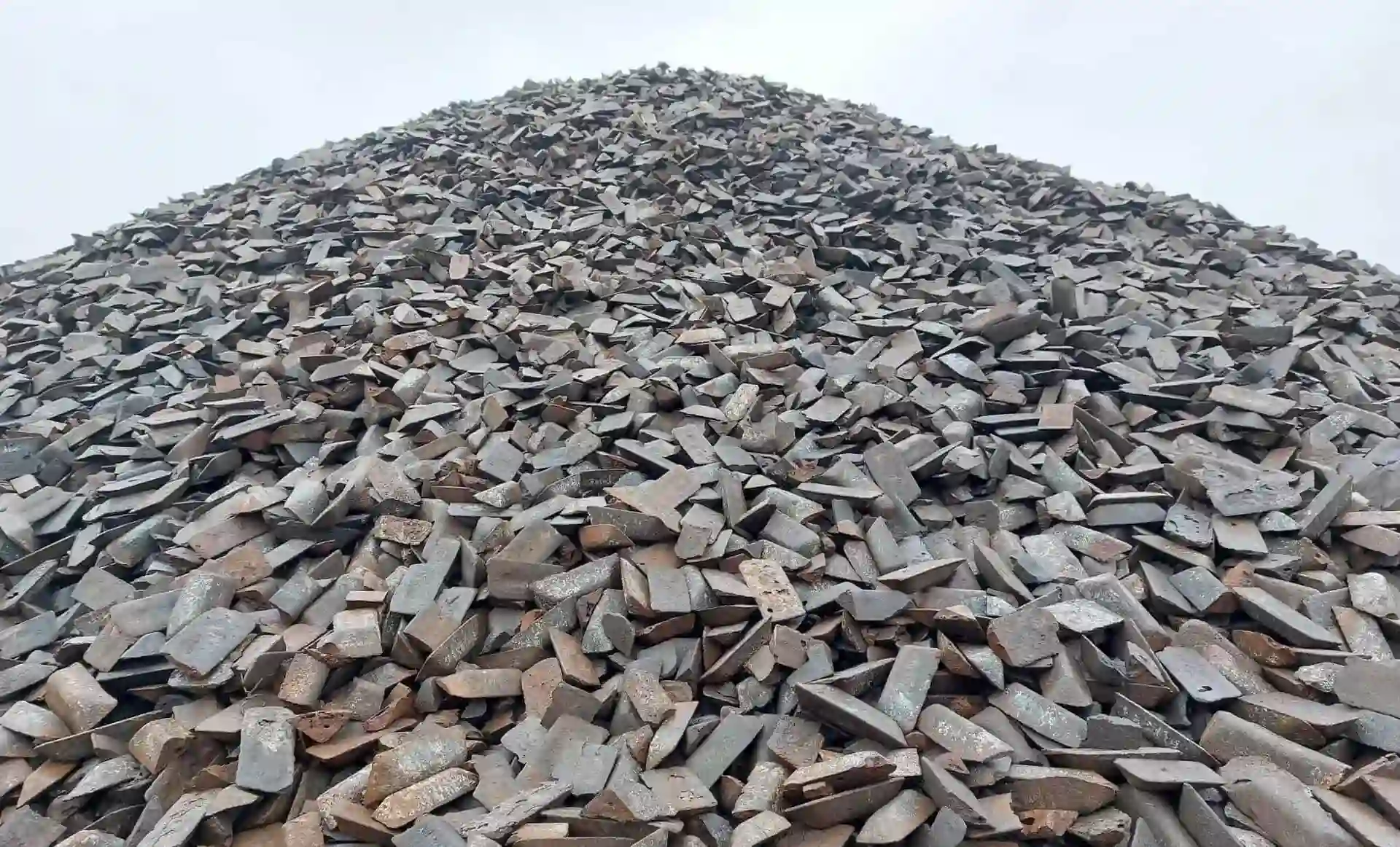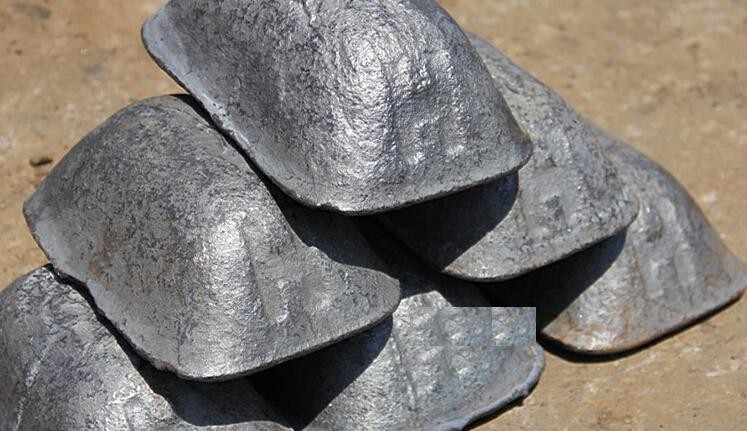


We are manufacturer of PIG IRON with 22 years old. Are you in search of high-quality cast iron materials for automotive engine blocks?SHANDONG ZONGAN HUIXIN INTELLIGENT MANUFACTURING CO..LTD is your trusted supplier. Our offerings, such as gray iron and ductile iron, meet stringent international standards, boasting excellent castability, mechanical strength, and cost-efficiency. Contact Shengyuan today! Phone: +86 19963403421 Email: helen@shengyuansteel.com
1、Current Usage Status of Pig Iron in Automobile Engine Blocks
(I) Influence of Pig Iron Elements on Engine Blocks
The proportion of elements in pig iron directly determines the performance of engine blocks.

Carbon (C), the main component, ranges from 2.11% to 4.3%. When present as graphite, it enhances molten iron fluidity for casting complex structures, though excessive carbon reduces material strength.
Silicon (Si) promotes graphitization, reduces white – mouth tendency, and improves toughness/machinability while aiding heat dissipation. 
Manganese (Mn) neutralizes sulfur (forming MnS) to enhance strength and wear resistance.
Harmful elements like sulfur (reducing fluidity and causing hot cracking) and phosphorus (brittleness) must be strictly controlled (typically ≤ 0.08%).

(II) Current Application of Gray Iron and Ductile Iron in Engine Blocks
Gray iron and ductile iron remain the dominant materials in engine block manufacturing. Gray iron, with excellent castability, machinability, and cost – efficiency, accounts for over 60% of mid – to low – end vehicle applications.
Ductile iron, valued for higher strength and toughness, has seen its market share rise to ~30% in high – performance/large – horsepower engines and lightweight designs, with the remainder occupied by aluminum alloys.
Gray Iron for Engine Blocks
(I) Advantages
Excellent Castability: Molten gray iron flows readily to fill complex molds, minimizing casting defects and enabling precise formation of internal channels (e.g., water/oil passages).
Superior Machinability: Flake graphite acts as a natural lubricant during cutting, reducing tool wear and lowering machining costs by 15% – 20%.
Vibration Damping & Wear Resistance: Flake graphite absorbs operational vibrations, while its structure ensures long – term wear resistance, extending block service life to over 250,000 km.
Cost Efficiency: Mature production processes and abundant raw materials make gray
iron blocks 15% – 20% cheaper than alternative materials.
Thermal Conductivity: High thermal conductivity (45 – 55 W/(m·K)) dissipates engine heat to maintain optimal operating temperatures.
(II) Disadvantages
Limited Mechanical Strength: Tensile strength (150 – 350 MPa) falls short of high – performance engines requiring resistance to 15 MPa pressures and cyclic stresses.
High Density: Unsuitable for lightweight designs, as it increases vehicle weight and fuel consumption.
III. Ductile Iron for Engine Blocks
(I) Advantages
High Strength & Toughness: Spherical graphite minimizes matrix disruption, yielding tensile strength (400 – 900 MPa) and elongation (2% – 18%) ideal for high – load engines (e.g., performance SUVs).
Fatigue Resistance: Withstands cyclic stresses from frequent starts/stops, reducing fatigue crack risks during 1,000+ hour bench tests.
Lightweight Potential: Despite similar density to gray iron, high strength allows structural optimization for 10% weight reduction in EV range extenders.
Thermal Performance: Adequate thermal conductivity (35 – 45 W/(m·K)) supports engine heat management.